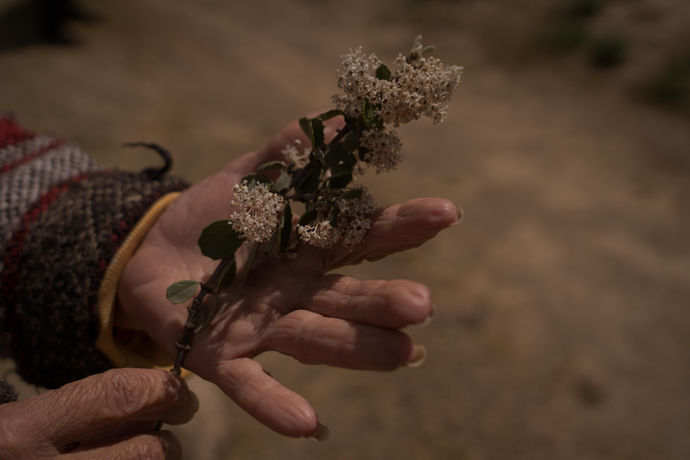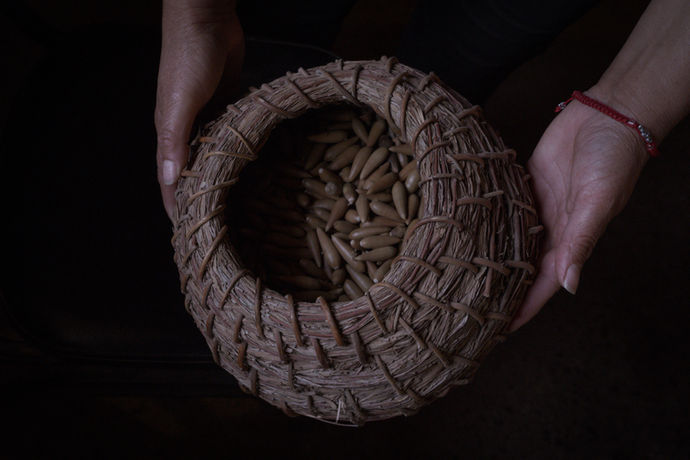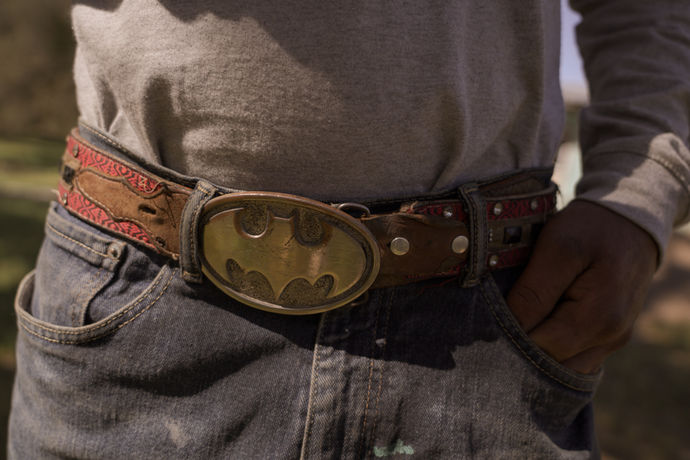top of page
A wounded land
"On one side, we have the State, whose reaction to any threat that dares to exceed its control is to impose borders [...] and on the other, the nomadic subject, whose behavior is rooted in uprootedness and mobility," writes Valeria Mata in her book Todo lo que se mueve. "From this perspective," she continues, "nomadism would be [...] a political act of resistance [...] and an impulse that challenges the forced territorialization imposed by the highest expression of sedentarism: the nation-state."
The Kumeyaay people once moved freely across the mountains and coasts of northern Baja California in Mexico and parts of California and Arizona in the United States. They foraged, hunted, and fished along the Pacific. But European colonizers imposed sedentarism, forcing them to abandon their traditional ways of life.
Today, the wall dividing the United States and Mexico cuts through their ancestral lands, blocking their passage within their own territory.
This project explores the tension between walls—both physical and symbolic—while revealing the human cost of border divisions through the daily lives of the Kumeyaay and their ongoing struggle to preserve their culture.
***"
Por un lado tenemos al Estado, cuya reacción ante toda amenaza que pretenda desbordarlo es poner fronteras[...] y por el otro está el sujeto nómada, cuyo comportamiento se basa en el desarraigo y la movilidad ", escribe Valeria Mata en su libro 'Todo lo que se mueve'. "Desde esta perspectiva", continúa, "el nomadismo sería[...] un acto de resistencia política [...]y un impulso que se opone a la territorialización forzada impuesta por la máxima expresión del sedentarismo: el Estado-nación".
El pueblo kumiay solía moverse libremente a través de las montañas y las costas del norte de Baja California, en México, y de partes de California y Arizona, en Estados Unidos. Recolectaban, cazaban y pescaban a lo largo de del Pacífico. Pero los colonizadores europeos impusieron el sedentarismo, obligándolos a abandonar sus tradiciones.
Hoy, el muro que divide Estados Unidos y México atraviesa sus tierras ancestrales, bloqueándoles el paso en su propio territorio.
Este proyecto explora la tensión entre los muros, tanto físicos como simbólicos, y a la vez muestra el coste humano de las divisiones fronterizas a través de la vida diaria de los kumiay y de su lucha constante por preservar su cultura.
bottom of page





















